Collections
Filters
-
Collection Type
-
-
Collection |
 Mechanics of cells and tissues
Mechanics of cells and tissues
This collection of primary research articles, reviews and protocols focuses on an emerging topic of mechanobiology, highlighting the broad involvement of mechanical forces in different biological contexts, their roles in development, physiology and disease, and how these forces are sensed and transduced to produce biologically-relevant responses. The collection also showcases new technical approaches to modulate mechanobiology, which in the future could be used to control cell fate and behaviour for therapeutic benefits.
Image: Vicky Summersby -
Collection |
 Harnessing the power of computational science
Harnessing the power of computational science
The use and development of sophisticated computing capabilities to analyse and solve real-world, challenging problems has undoubtedly revolutionized the way researchers do science.
-
Collection |
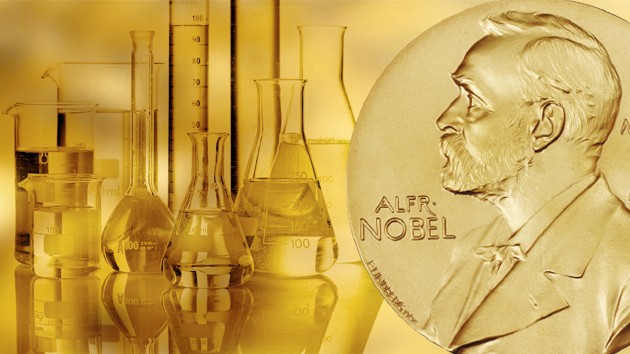 Nobel Prize in Chemistry 2020
Nobel Prize in Chemistry 2020
The 2020 Nobel Prize in Chemistry has been awarded to Emmanuelle Charpentier and Jennifer Doudna for their pioneering work in gene-editing.
Image: Springer Nature/The Nobel Foundation/Imagesource -
Special |
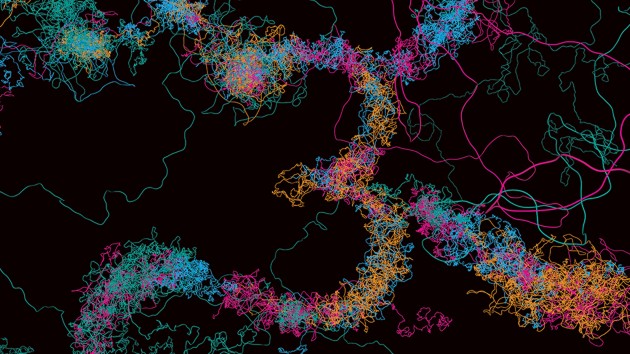 ENCODE 3
ENCODE 3
How cells, tissues and organisms interpret the information encoded in the genome has vital implications for our understanding of development, health and disease. Launched in 2003, the ENCyclopedia of DNA Elements (ENCODE) project aims to map the functional elements in the human genome (later expanded to include model organisms).
Image: StoryTK -
Collection |
 Stem cells from development to the clinic
Stem cells from development to the clinic
New technologies to study stem cells have increased our knowledge about their physiological roles and contributions to development, ageing, regeneration and disease. This collection showcases research articles, reviews and protocols from across the Nature journals to highlight the striking advances made in basic and translational stem cell research.
Image: Benedetta Artegiani and Delilah Hendriks, Hubrecht Institute, Utrecht, The Netherlands. -
Collection |
 Networks
Networks
Network science is now a mature research field, whose growth was catalysed by the introduction of the ‘small world’ network model in 1998.
Image: Kiyoshi Takahase Segundo / Alamy Stock Photo -
Collection |
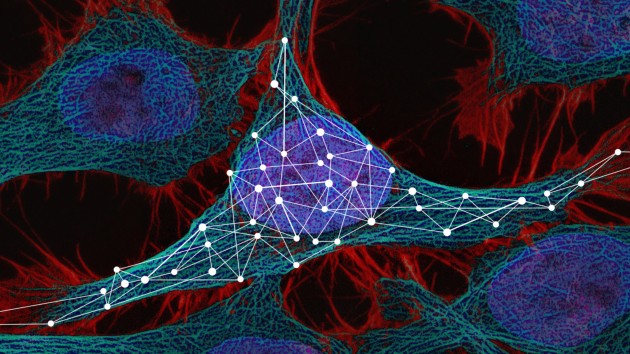 Deep learning in microscopy
Deep learning in microscopy
The December 2019 issue of Nature Methods features a focus on Deep Learning in Microscopy.
Image: Erin Dewalt -
Collection |
 The 3D genome
The 3D genome
This collection includes recent articles from across the Nature group of journals and showcases both the latest advances in the methodologies used to study genome organization, and our recent understanding of how genome organization and nuclear architecture regulate gene expression, cell fate and cell function in physiology and disease.
Image: V. Summersby -
Collection |
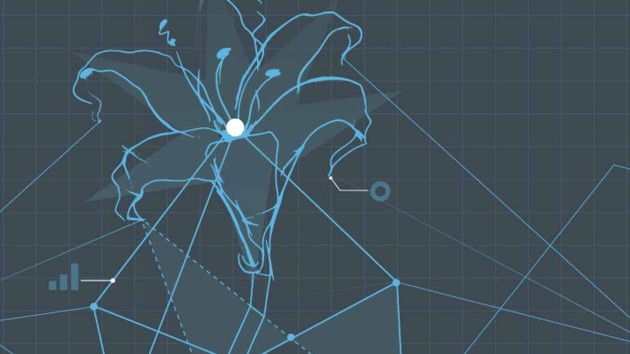 The multidisciplinary nature of machine intelligence
The multidisciplinary nature of machine intelligence
This collection marks the launch of Nature Machine Intelligence by exploring recent developments in the field and their impact on science, industry and society.
-
Collection |
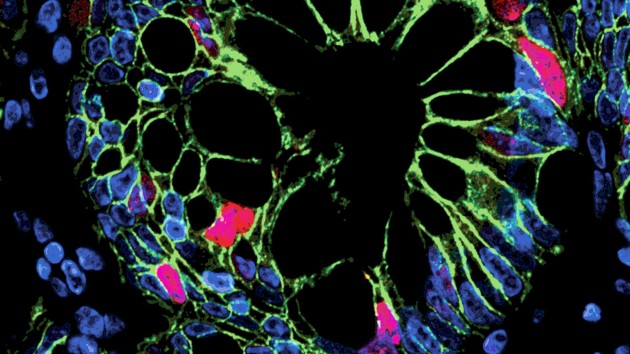 Stem cells from development to the clinic
Stem cells from development to the clinic
Stem cells are well on their way into the clinic and can be used in a variety of applications, such as disease modelling, drug screening and for regenerative medicine. This collection showcases research articles, reviews and protocols from across the Nature journals to highlight the striking advances made in basic and translational stem cell research.
Image: Miguel Quiros and Asma Nusrat -
Collection |
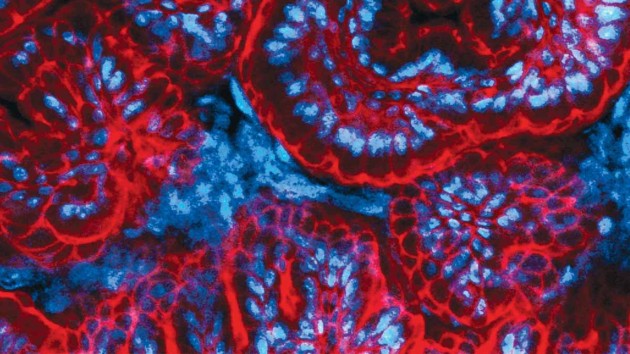 Organoid research
Organoid research
Organoids are 3D organ models with remarkable potential in basic and translational research. This collection showcases research articles, reviews and protocols from across the Nature journals to highlight the striking advances made.
Image: Nick Barker and Marc Leushacke

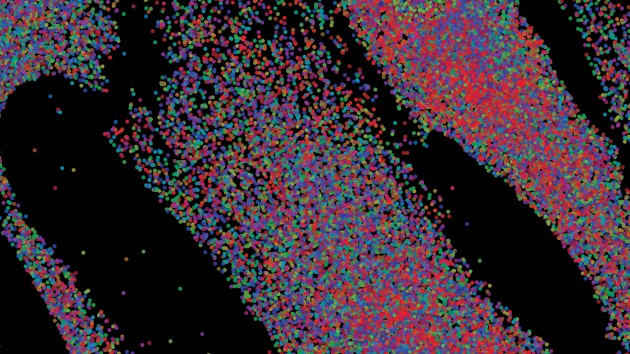 Method of the Year 2020: spatially resolved transcriptomics
Method of the Year 2020: spatially resolved transcriptomics